Archives of Loren Williams Fly Tying Tutorials.
Walt's Worm
Walt's Worm is a venerable Pennsylvania standby nymph. This pattern was created by Walt Young who has been a mainstay in the PA fly-fishing community, from retail to publishing, and is an excellent angler and tier.
I was first enlightened to the ways of the worm in the late 1980's when I moved to central PA to attend college. The local fly shop, where Walt frequented at the time, was my lifeline for materials and counsel. If I struggled, "the guys" offered advice and sympathy. One day their advice was to try this ridiculously simple bug. Guess what: it worked! And it works as well now as it ever has!
Walt's worm is obviously a rather nondescript pattern, and that falls directly in line with my subjective ways. Dubbing on a hook that catches fish; priceless! The story I've heard is that the original was intended to imitate cranefly larva, which makes sense given the infestation of the little critters in the waterways of central PA. However, it get's taken by trout, whitefish, and grayling across every month, state line, continental divide and any other barrier known to man-obviously it just looks like food. 'Nuff said!
In this tutorial I have elected to tie the worm with it's orginal material, but on a modern base. Walt most likely used a Mustad 3906B, 3906, 9671 or the like for this fly since it was created prior to Japanese hooks. I do believe this pattern even predated the wide-spread use of beads. However, I have elected to tie the fly on a 60-degree jig hook and employ a slotted tungsten bead. The hook, I feel, hangs-up less, rarely rolls a point, and holds fish especially well.
The original dubbing was Hareline Dubbin's Hare's Ear Plus #1, which is tan bunny fur mixed with clear antron. This is the material I have used for this tutorial. However, you are likely to have great success with all manners of natural rabbit and squirrel dubbing in various earthy colors from black to olive. My good friend and fish-whisperer, Pat Weiss, carries hundreds of worms in various colors, sizes, and weights. With them, he catches trout from mud puddles.
Let's create a worm!
MATERIALS
Hook: TMC 403 BLJ (#10-#16)
Weight: Slotted Tungsten Bead, lead wire
Thread: Brown 6/0
Abdomen/Thorax: Hareline Dubbin Hare's Ear Plus #1
Click on photos to enlarge!
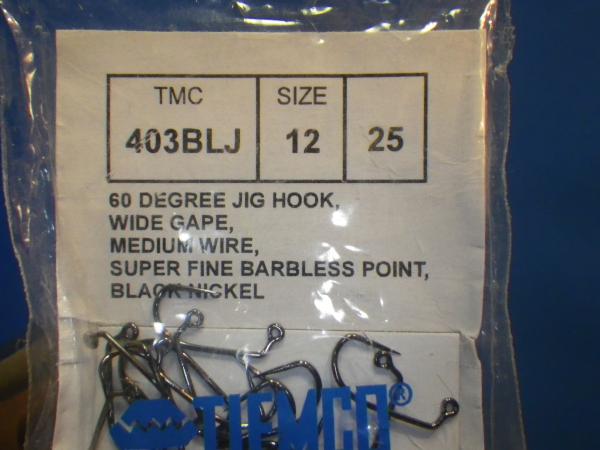
The TMC 403 BLJ is my hook of choice. You might elect to go with a more traditional Mustad R50X, R50 or the like.
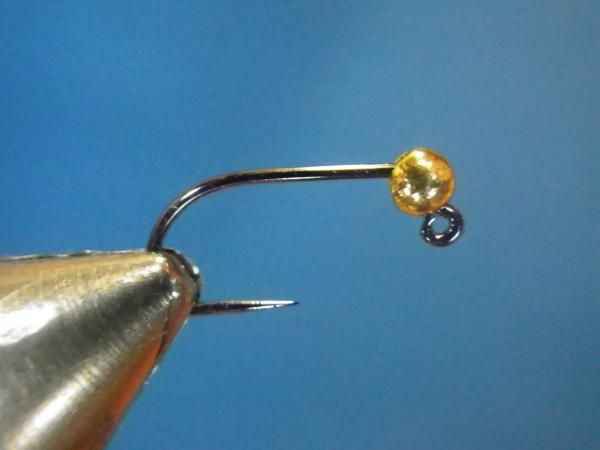
Slide an appropriately sized slotted tungsten bead on to your hook and squeeze it in the vise. For this tutorial I am using a #12 403BLJ and a 3.0mm slotted bead.
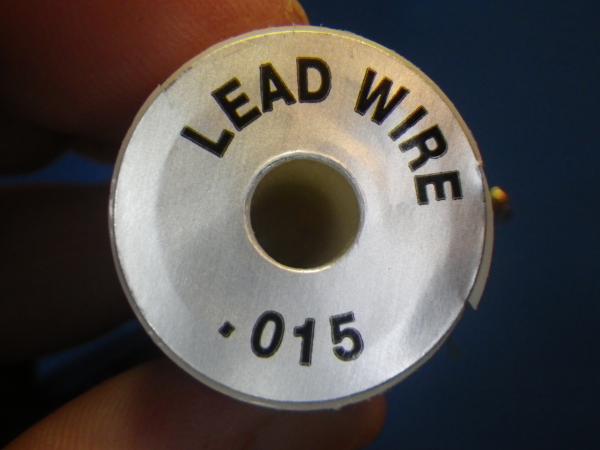
I try to roughly match the lead wire diameter to the hook's wire diameter. And yes, I use lead, not non-toxic.
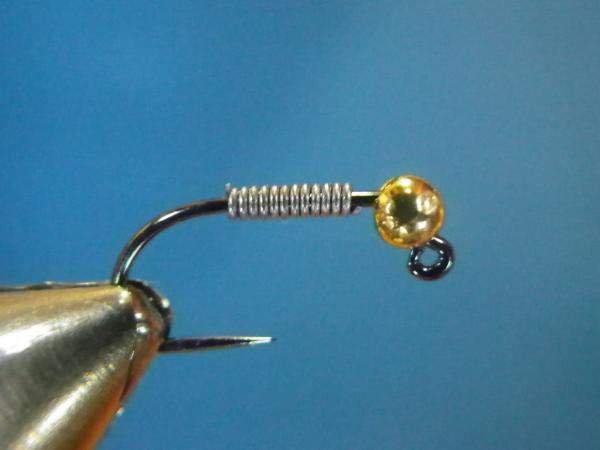
Make 10-12 wraps of lead wire around the shank.
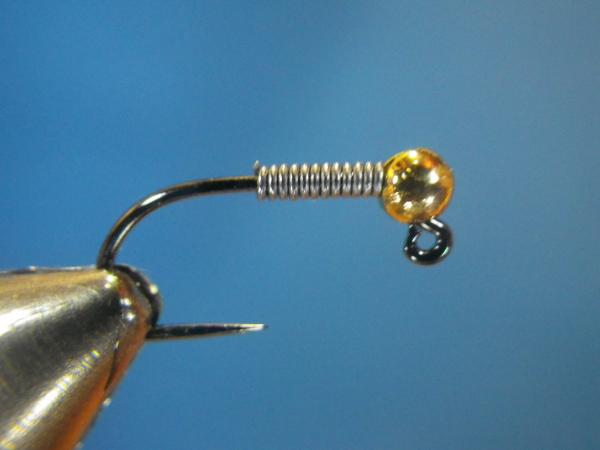
Slide the lead coil up against the bead. This will act to keep the bead fixed while tying.

Attach your thread behind the lead wire.

Advance the thread forward to lock-in the lead wire, back to the bend to lay a thread base for the bulk of the fly to adhere to, then return the thread to the bead. If needed, especially on larger patterns, take the time to build a taper from the hook to the lead wire with your thread. This will make life much easier.
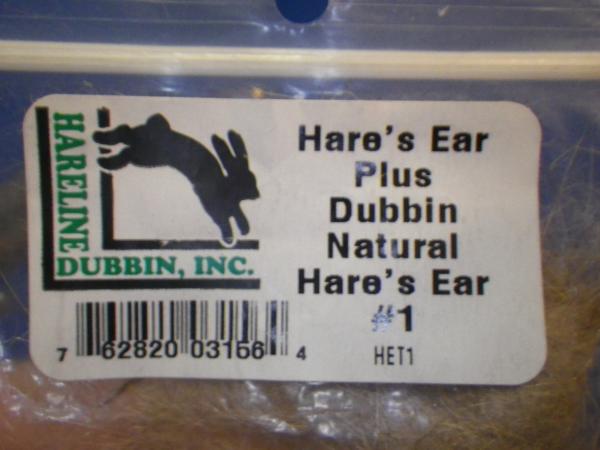
Hareline Dubbin's Hare's Ear Plus #1.
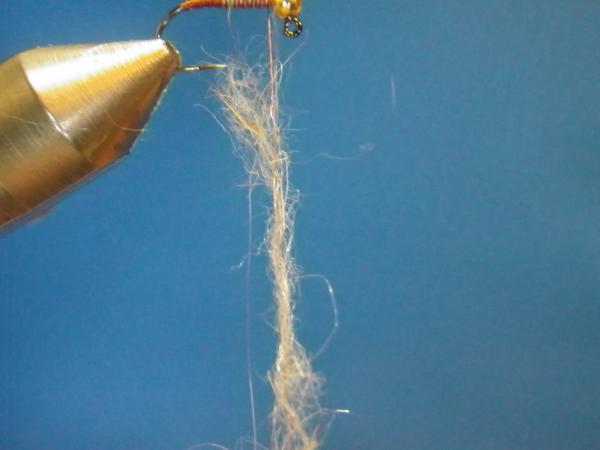
Tease out a whisp of dubbing and stick it to the thread, add a bit of wax if you must. The trick to dubbing is to apply it in several small layers, like spray paint. If you try to apply too much, the results will be clumpy and loose and will lead to an unattractive fly that is likely to fall apart.
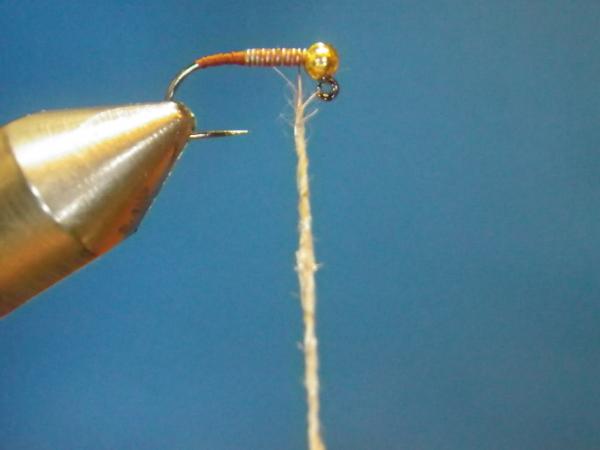
Using your thumb and forefinger, and a good deal of elbow grease, roll the dubbing tighly to the thread in one-direction. The result should be a dubbing rope only marginally thicker than the thread and a few inches in length.
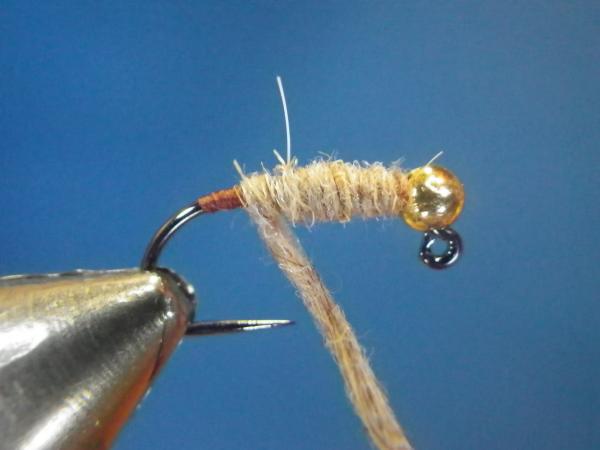
Wrap the dubbing toward the rear (adding more fur as needed), ending right at the bend or a tad beyond. The wraps should be tight and touching and be pleasing to the eye.
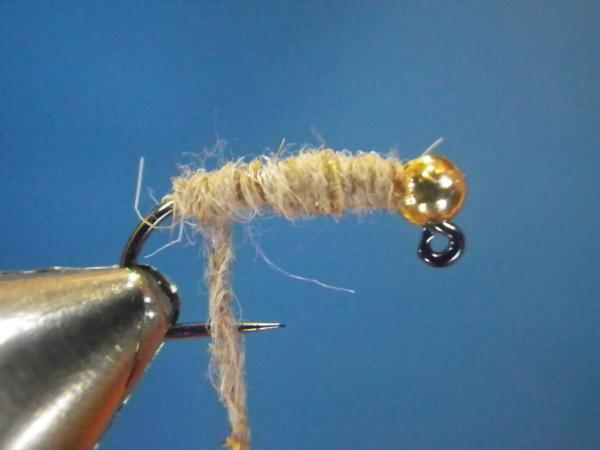
Once you reach the rear of the fly, reverse the wrapping and advance toward the bead. Again, strive for a pleasing taper and no clumps.
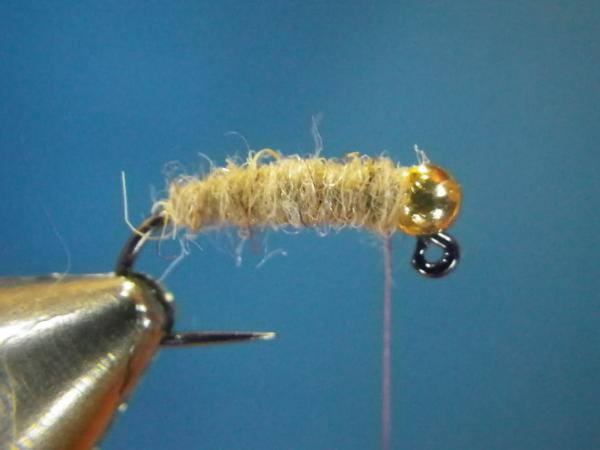
Stop the process once you touch the rear edge of the bead. Any excess dubbing can be pulled from the thread at this point.
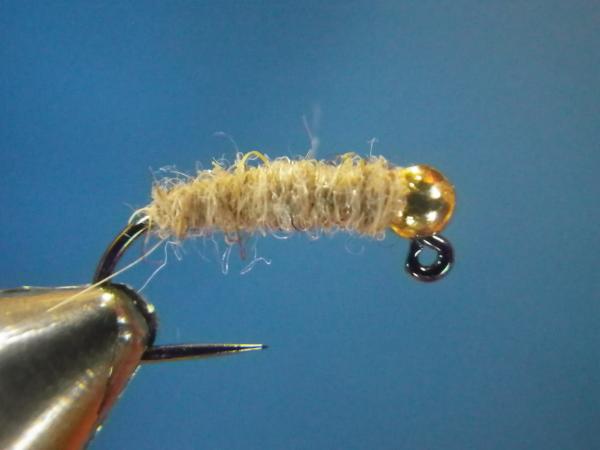
Whip-finish and you have yourself a Walt's Worm! Go catch a few!